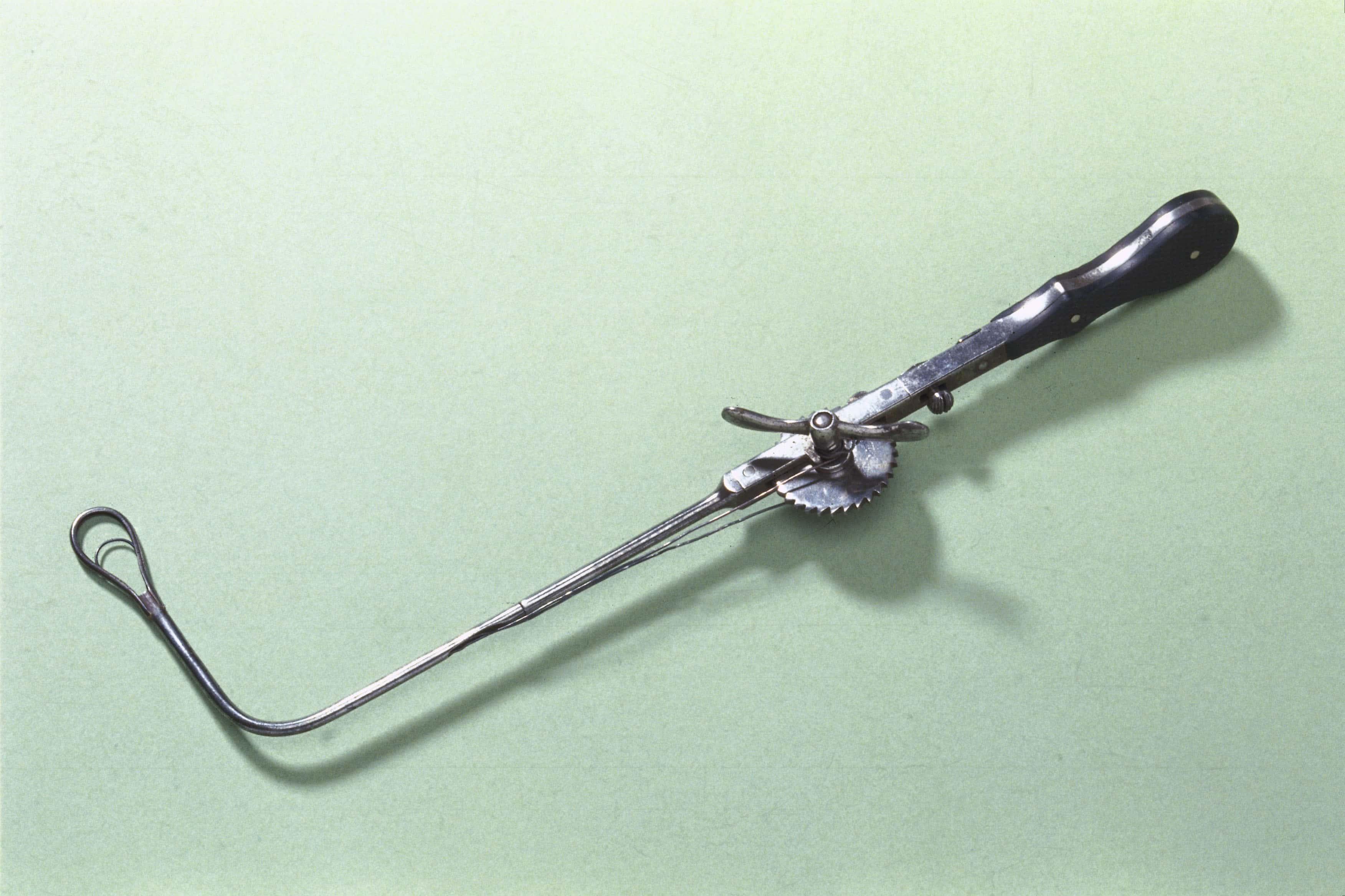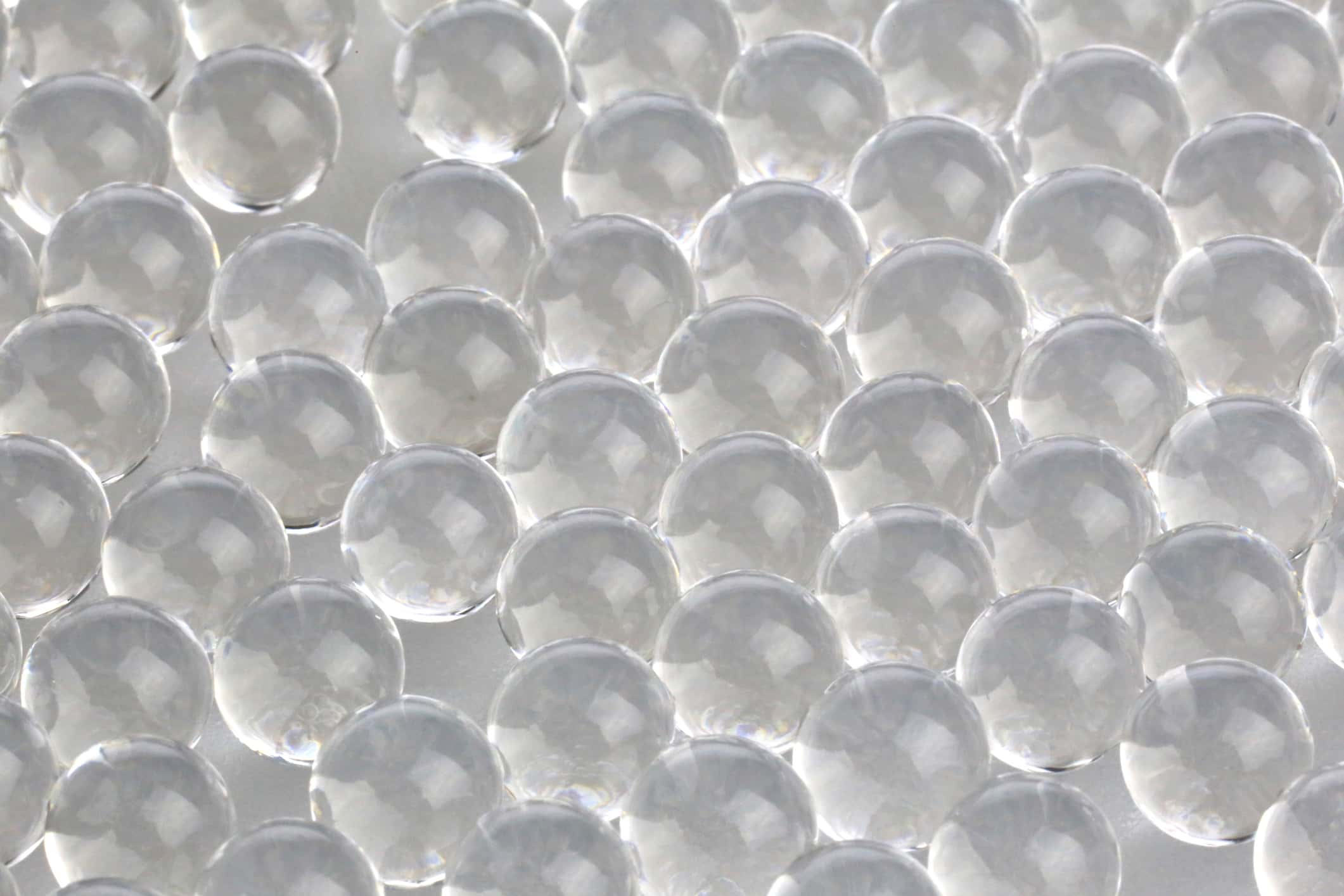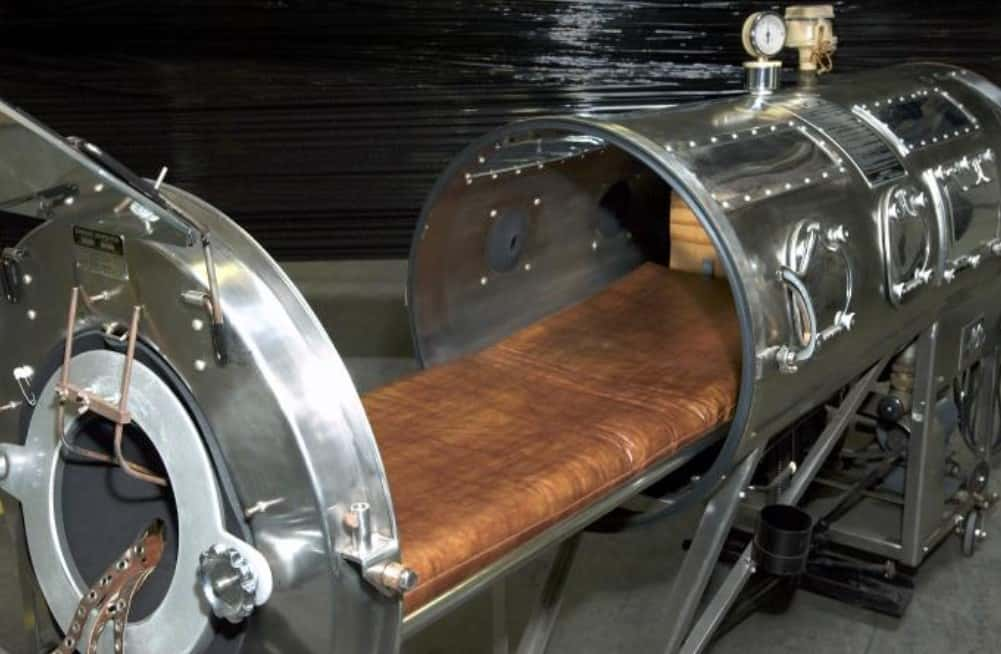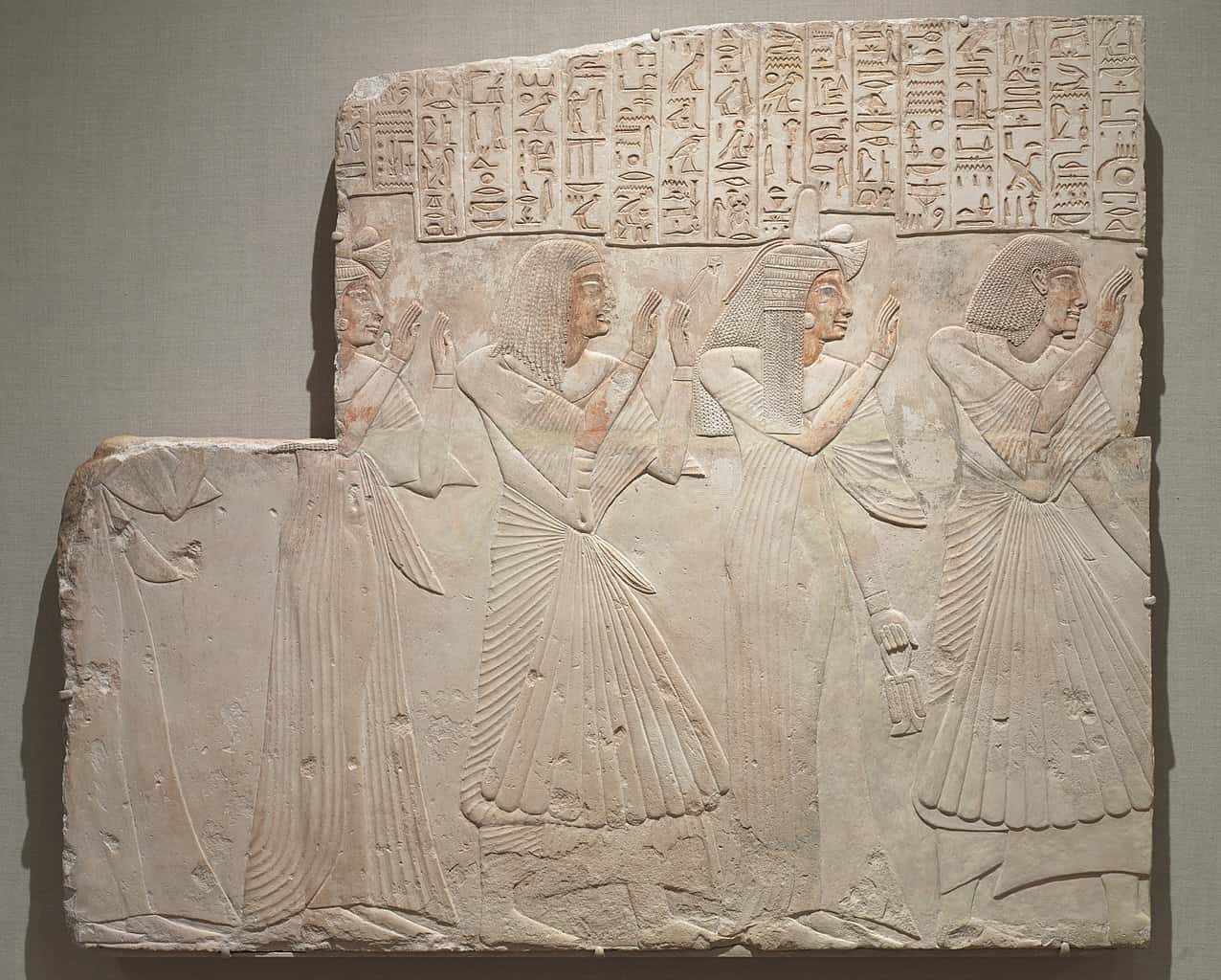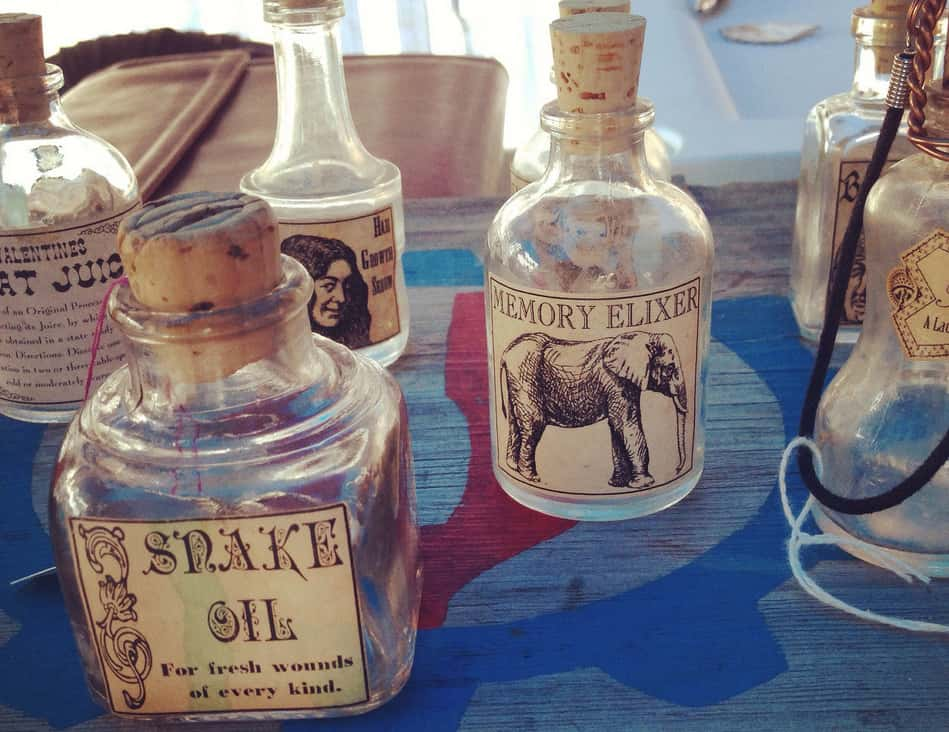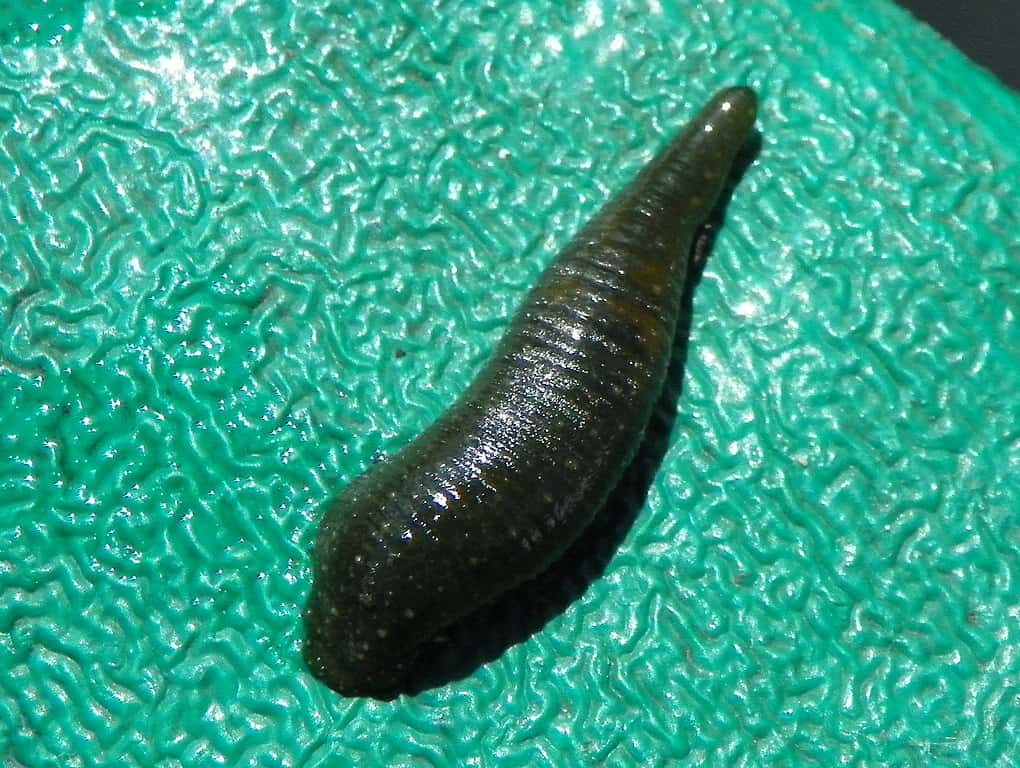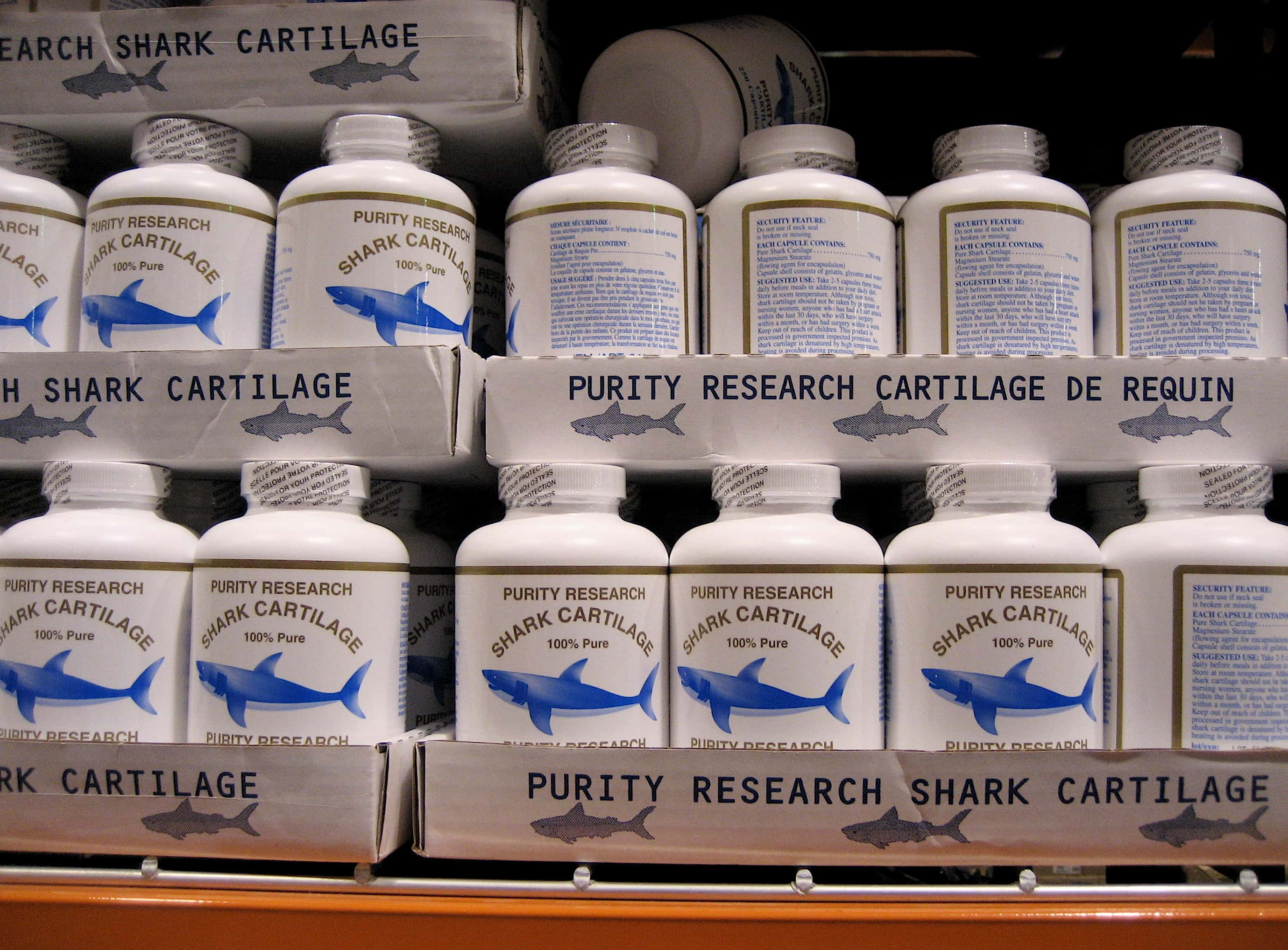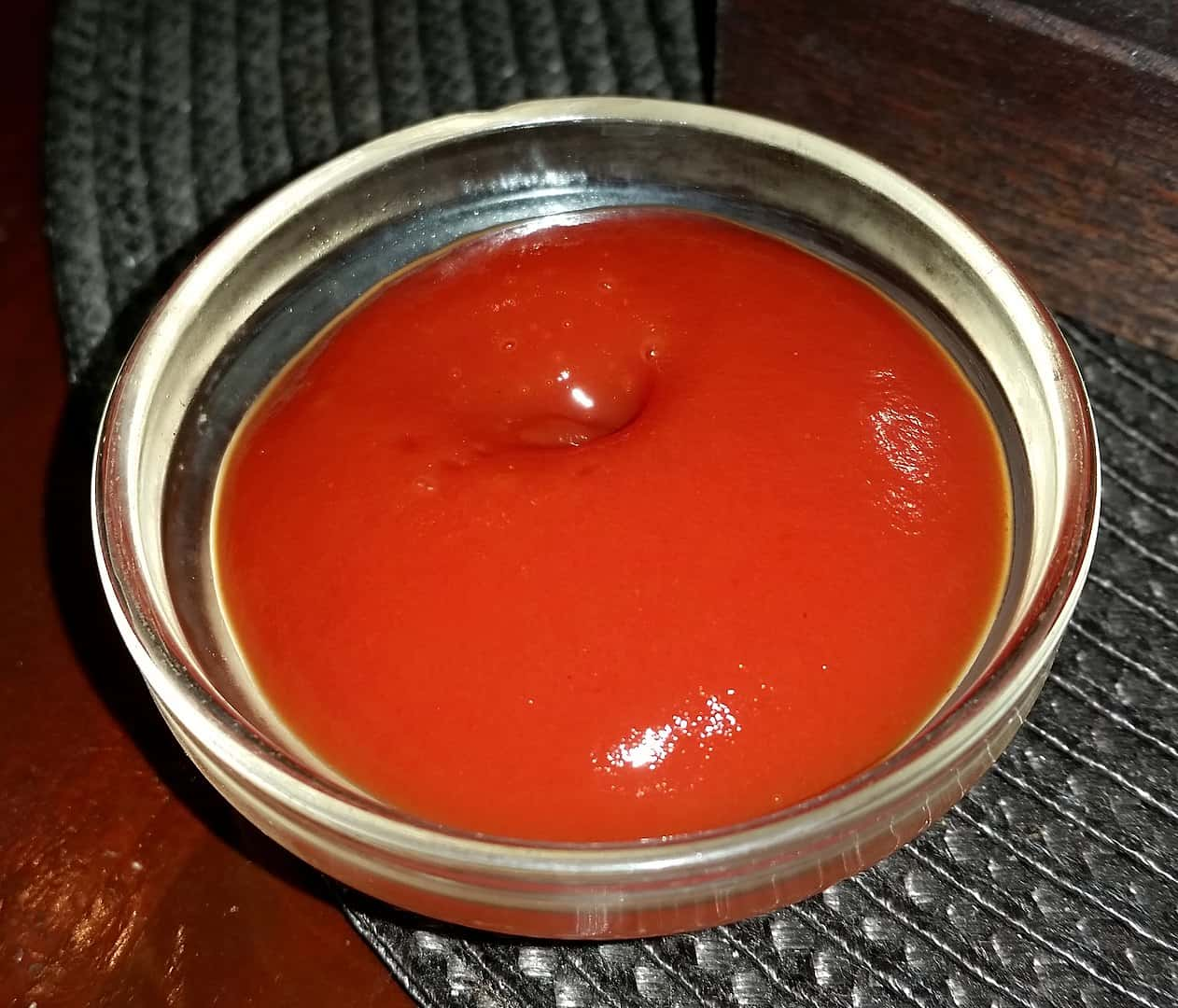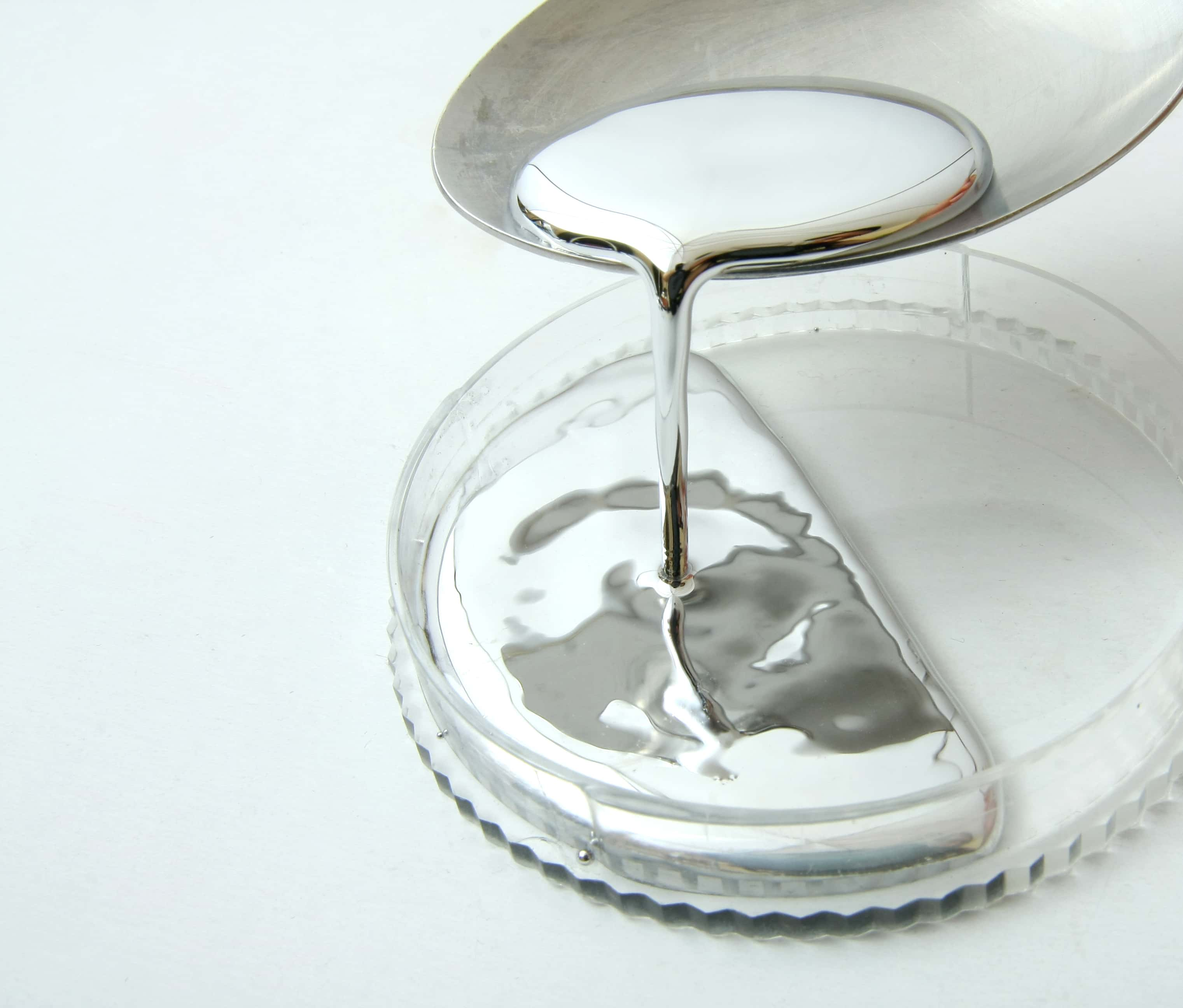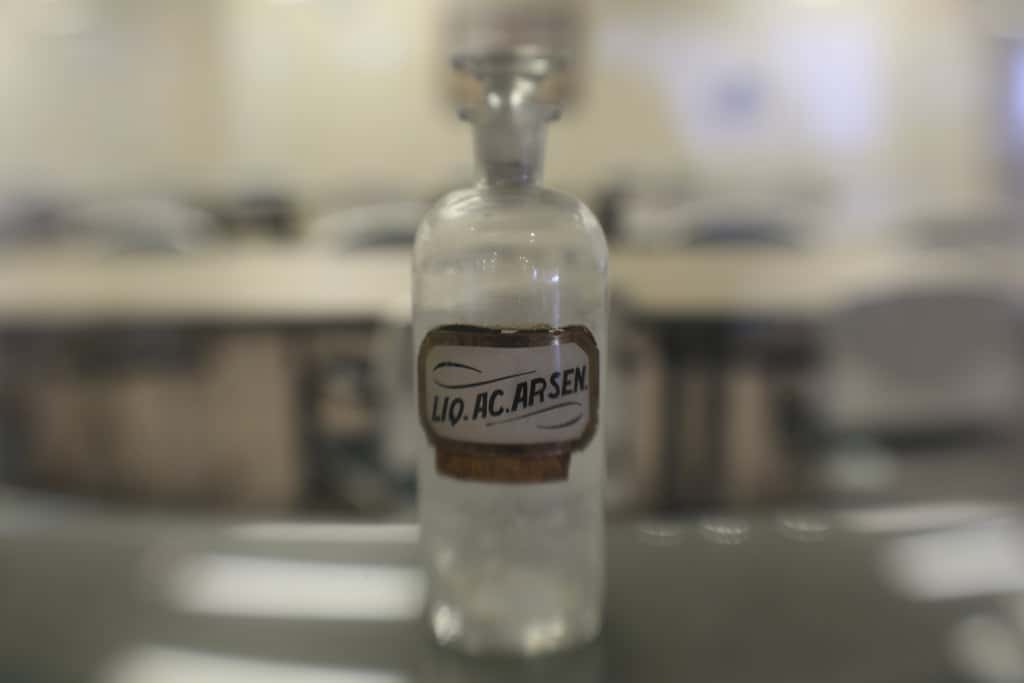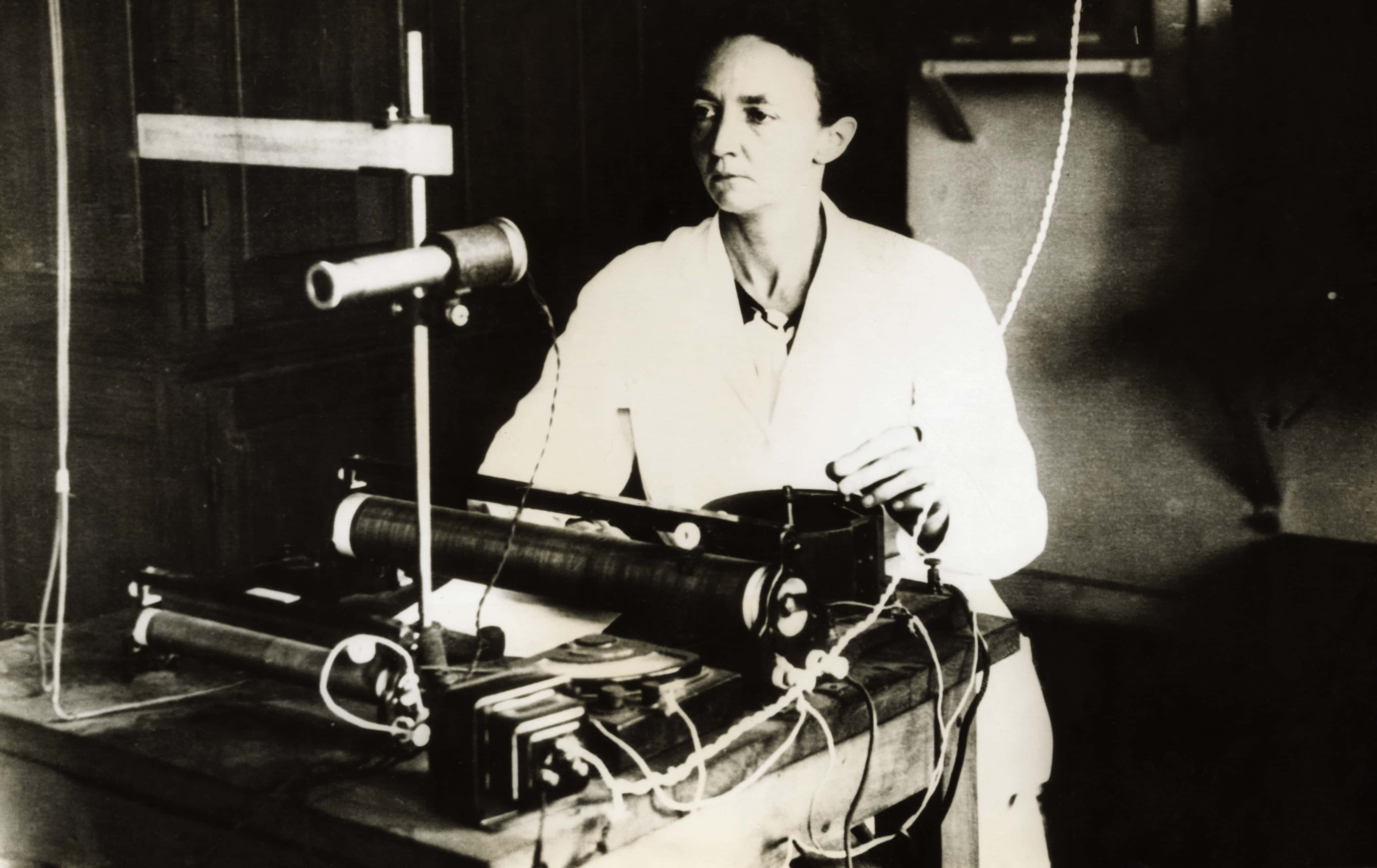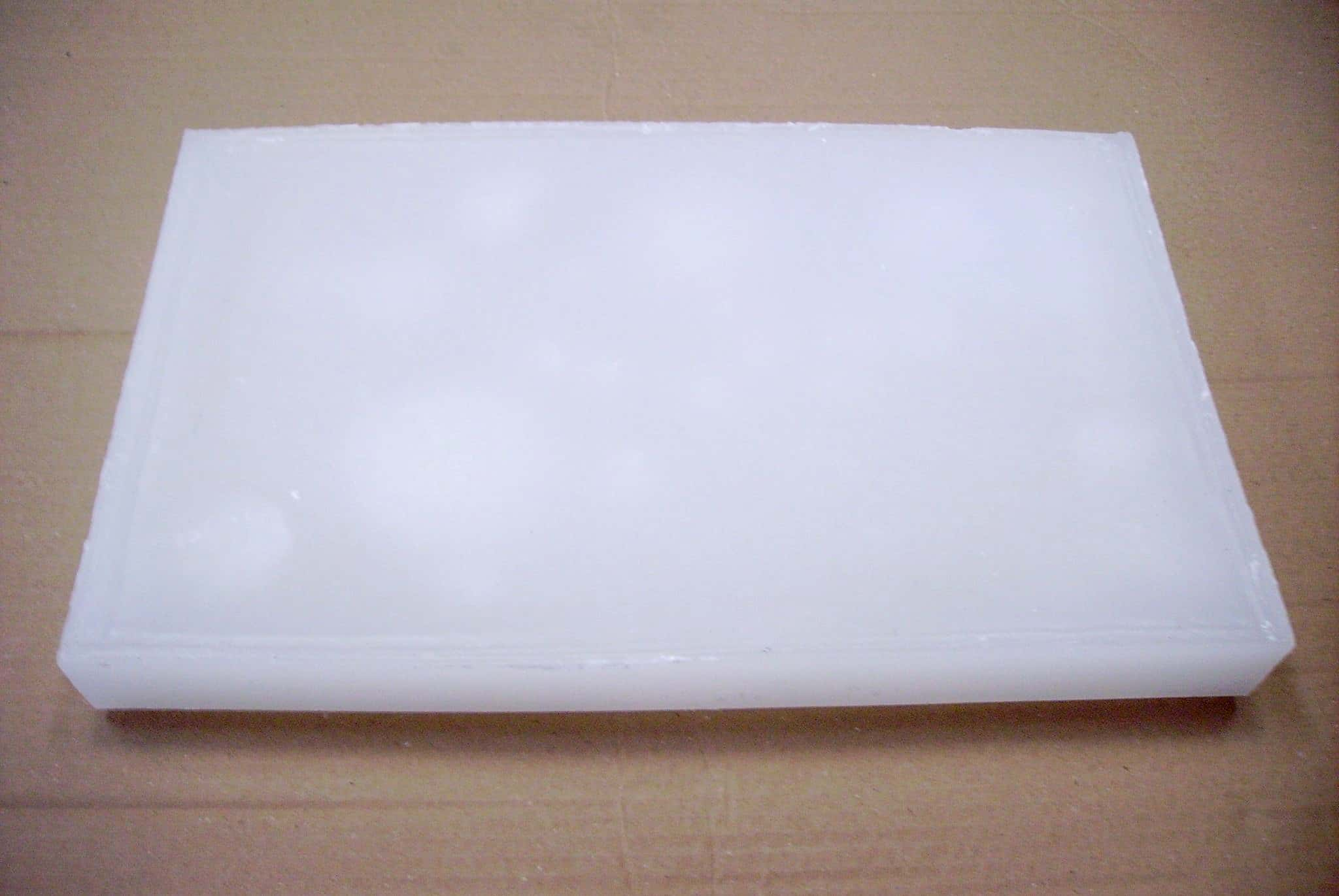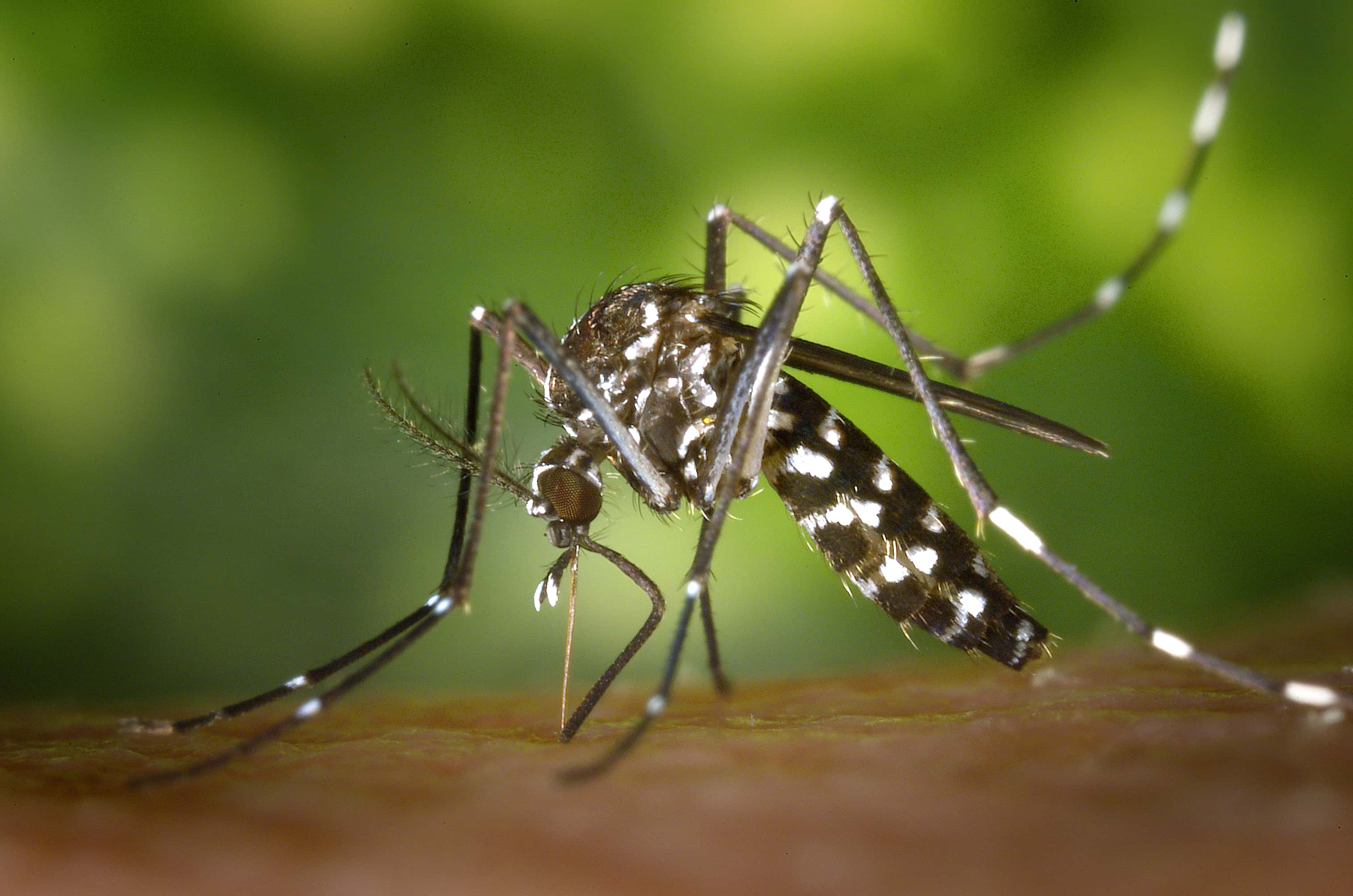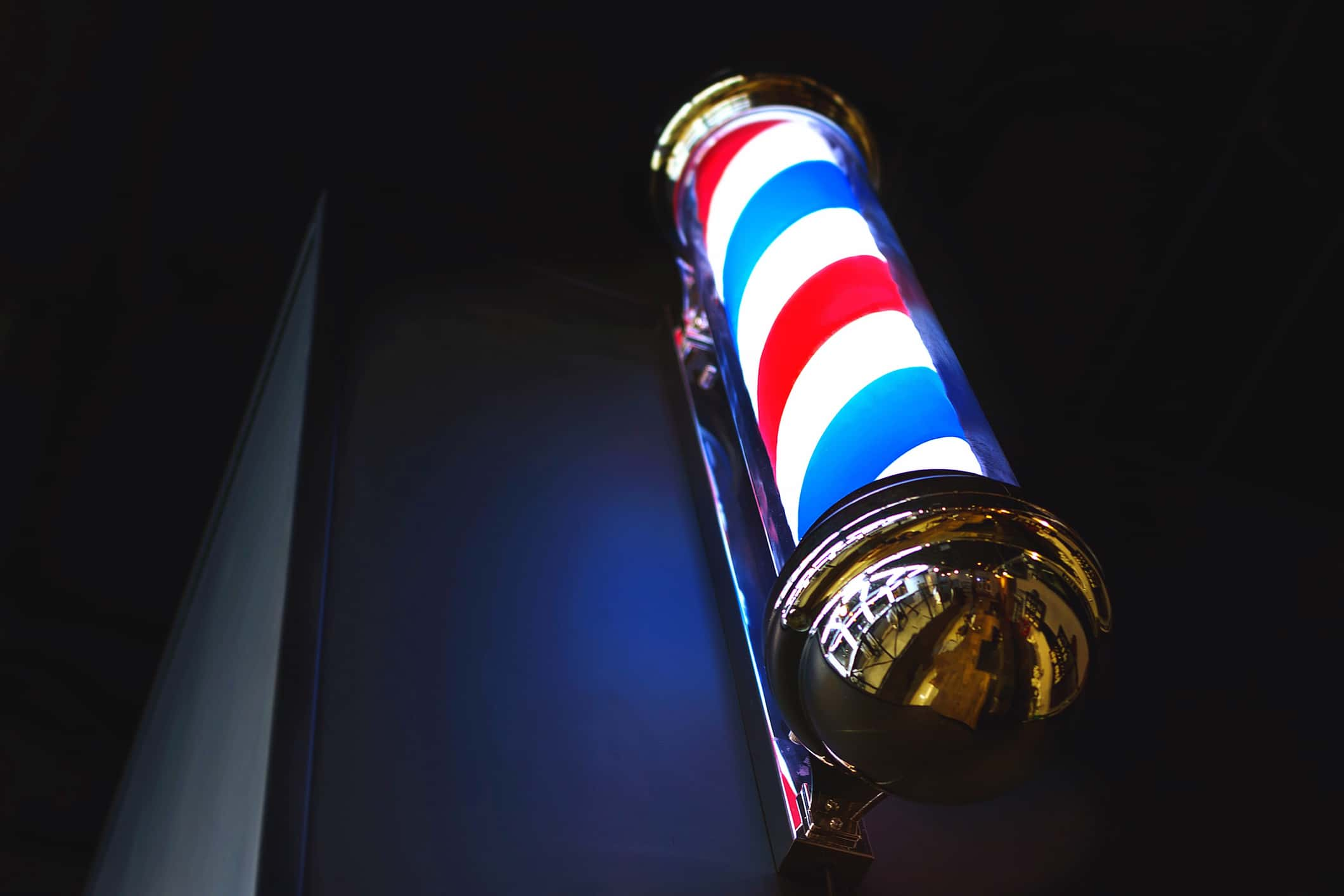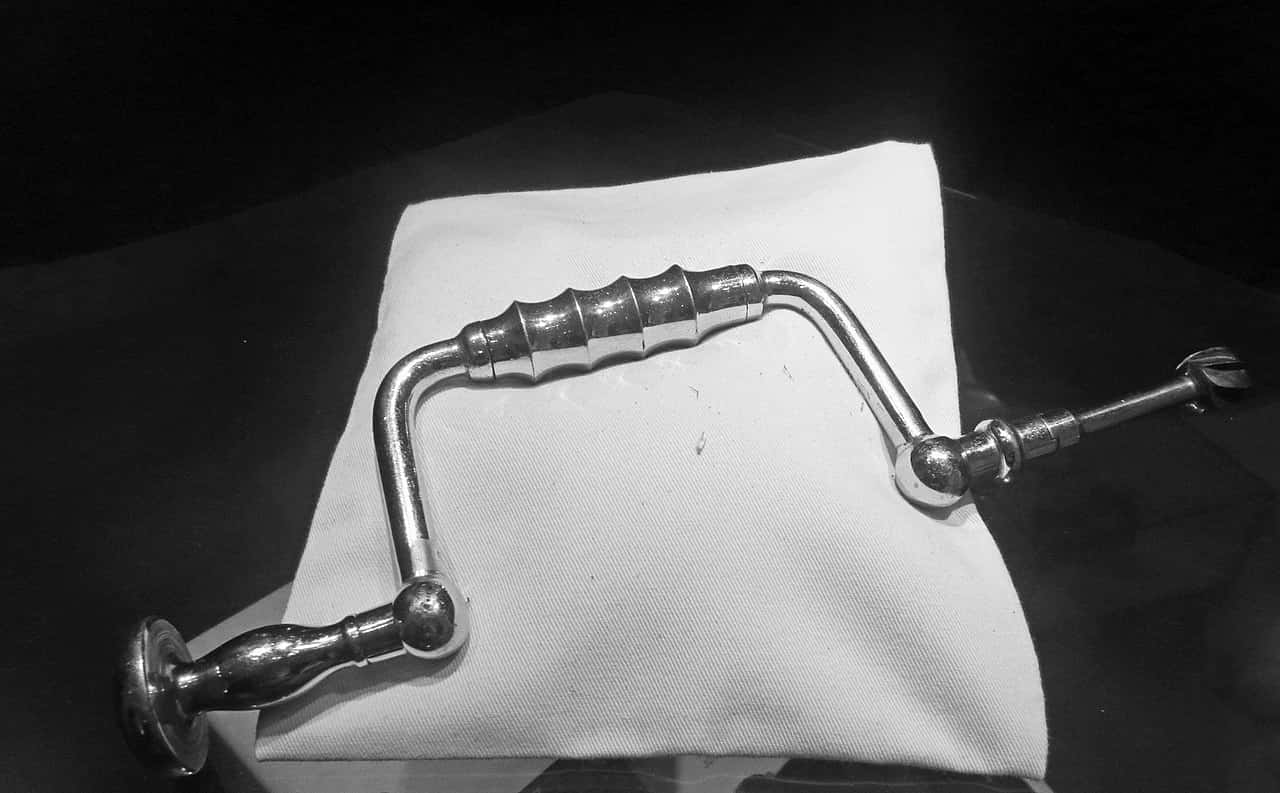Although the medical profession has amassed an immense amount of knowledge over its centuries-old history, that knowledge was often built on hit-or-miss experiments, leading to some strange historical medical practices. Here are 40 facts about bizarre medical procedures.
Bizarre Medical Practices Facts
40. The Clyster Syringe
They used to take enemas seriously back in the day. Early medicine was pretty limited, so enemas, or clysters, were used a lot, and they were believed to cure all kinds of ailments. A large metal syringe would be used to introduce “medicine,” often made from boar’s bile, into the patient’s…you know.
39. Electric Sex Belts
When electricity was new and fascinating, a lot of crazy electrical devices were introduced into medicine. Enter the Electropathic belt that zapped you when you wore it. It was supposed to cure everything from hernias to liver disease, but one of the most popular uses was to enhance sexual performance.
38. The Ecraseur
Years ago, doctors would use a tool called an ecraseur to remove cysts. Doctors would tighten a chain loop around the cyst, cut off blood flow, then just wait for it to fall off. It was very slow and painful, and thankfully they aren’t used anymore. Doctors also used to use ecraseurs for hemorrhoids. That can’t be comfortable.
37. Plombage
Tuberculosis used to be one of the most common diseases, and doctors didn’t know exactly what to do about it. One treatment was called plombage, where they would fill a patient’s lungs with lucite balls, causing the lung to collapse. Thankfully, now they have better, more effective procedures, so you can use your lungs to, you know, breathe.
36. The Iron Lung
The Iron Lung was one of the first artificial respirators—a device that allows someone who can’t breath on their own to take in air and stay alive. You might have seen it in movies or on TV: it looks like a tube that a person lies in with their head sticking out one end. It looks wacky, but it actually works, it was used extensively to treat patients with polio and saved countless lives. Believe it or not, it’s making a comeback as it’s less invasive than modern respirators.
35. Bee Stings
Bee venom therapy is still used today to help the symptoms from all kinds of diseases. Studies have actually indicated that it helps ease the pain from arthritis. Still though, ouch.
34. Tapeworm Weight Loss
Doctors actually used to prescribe tape worm eggs for people, mostly women, to lose weight. The tapeworm would grow in the patient’s gut, eating some of the person’s food. Weight loss isn't always healthy.
33. A Dead Mouse For What Ails Ya
Do you have a toothache? Are you an Ancient Egyptian? Well, then you should probably use a little bit of dead mouse paste. In Ancient Egypt, doctors would mix the paste with some other ingredients to ease tooth pain. If you’re not an Ancient Egyptian, you should probably just see your dentist.

Sign up to our newsletter.
History’s most fascinating stories and darkest secrets, delivered to your inbox daily. Making distraction rewarding since 2017.
32. Animal Dung
Ancient Egyptian doctors often turned to the animal kingdom for their medicines. They commonly used dung from all kinds of animals for its healing properties, as well as to ward off evil spirits. People are actually still using animal dung today. Even though it can spread disease, it might actually even help a little bit: funny enough, some microflora in poop have antibacterial properties.
31. Snake Oil (Actually)
Today, “snake oil” is a term used to describe any product whose effects are completely made up, but doctors actually have used real oil from snakes as medicine. It’s been used in Chinese medicine for centuries, and doctors today have found it might have real medical benefits.
30. Leeches
Those Ancient Egyptian doctors are up to it again! They used to use leeches to treat all kinds of medical conditions, from skin diseases to dental problems, but this time they were on to something. Leeches can be used to prevent blood clots, so they’re still used today to help surgical wounds heal.
29. Maggots
Covering an infected wound with maggots sounds like a barbaric treatment from centuries ago, but it actually works as a treatment! Maggots consume dead tissues while leaving the healthy parts, so putting maggots on a wound is a remarkably effective way to clean it. It’s not uncommon today for doctors to use this method—assuming their patients aren’t too squeamish!
28. Shark Cartilage
It’s been believed for a long time that sharks don’t get cancer, and so consuming shark cartilage was said to help prevent the disease. But even though we now know that sharks do in fact get cancer and many other diseases, that doesn’t stop people today from taking it to treat cancer, osteoarthritis, psoriasis, and many other conditions. Unfortunately, there’s no proof that shark cartilage is useful for treating any disease.
27. Medicinal Smoking
What if smoking was actually good for your lungs? That’s what some doctors thought (or at least endorsed in cigarette ads) in the late 19th and early 20th centuries. They suggested certain brands as being better for your throat than others, and some even suggested that tobacco fumes could be used to treat asthma. Not so much, as it turns out. Cigarettes kill.
26. Ketchup
Almost everyone likes ketchup, but wouldn’t it be nice if it could be medicine? Well, shortly after tomato ketchup was invented, it was sold as just that. Dr. John Cooke Bennet sold ketchup in pill form and said that it could cure diarrhea, indigestion, jaundice and rheumatism. It doesn’t do any of those things, but at least it still tastes good with french fries.
25. Morphine (For Toddlers)
Morphine is a powerful opiate that is still used today as a pain killer, but it’s closely regulated because of its potential for serious addiction or overdose. People weren’t always so careful with it. Case in point: Winchell’s Teething Syrup. This licorice flavored liquid was used to soothe teething babies pain, and it certainly worked—because it was full of morphine. That will put you right to sleep.
24. New and Improved
Morphine was used a lot in the 1800s, so much so that opium addiction became an epidemic. So doctors created what was meant to be a safer, non-addictive substitute drug that had all the same effects with none of the risks. That drug has heroin. Whoops.
23. Newer and More Improved
Starting in the 1800s, pharmaceutical companies began selling cocaine for medical uses. It was used for all kinds of things, from treating opiate addiction, performing eye surgery, and as an all around cure-for-what-ails-you. One of the biggest early proponents of the drug? Sigmund Freud himself.
22. Mercury
Liquid mercury has fascinated people for centuries, and it used to be used to treat all kinds of diseases, like syphilis and typhoid fever. Today we know it’s actually extremely poisonous, and usually made sick people a whole lot worse.
21. Arsenic
Like mercury, arsenic is an extremely poisonous metal that can cause cancer and several other very serious health problems. But we didn’t always know that, and it was used for years to treat syphilis and psioriasis. Just like mercury, it only made things worse.
20. DDT
DDT is an extremely toxic pesticide that’s now illegal because its negative health effects and the widespread environmental damage it has caused. But it was an effective pesticide, so it makes sense that the US army used to use it to de-louse soldiers, spraying it straight into their hair. It killed the lice, but people later realized it was extremely bad for the soldiers too.
19. Gasoline
Another way that patients used to cure their head lice was by covering their heads in gasoline. This treatment was actually probably at least a little effective, but it came with the added risk of your head catching on fire. Next to that, lice doesn't seem so bad.
18. Urine
People have used their own pee for all kinds of medical uses, from preventing cancer and infection to protecting skin to whitening teeth. Unfortunately, there’s no proof that your urine does any of these things. Even the old folk remedy of peeing on a jellyfish sting isn’t true.
17. Radium
The radioactive element Radium was discovered in 1898 and soon after this miraculous new material was being used medicinally. Like so many other things around this time, radium was said to cure pretty much everything, even though people had no idea how dangerous it is. Radium is actually still used today, but much more carefully and only for very specific medical problems.
16. Paraffin Wax Injections
You’ve heard of plastic surgery, but wax surgery? Early cosmetic surgeons had a procedure known as a paraffin wax rhinoplasty, where they would inject hot liquid wax into a patient’s nose and mold it into the desired shape. This was dangerous and, no surprise, mostly didn’t work.
15. Malaria Injections
Syphilis was a major problem in the late 19th and early 20th century. Doctors found that the bacteria that caused it was sensitive to heat, so they thought giving a patient a fever could help get rid of it. What’s a good way to give someone a fever? Give them malaria! To be fair, these malaria injections were effective in curing syphilis, but unfortunately some of the patients would then die from—you guessed it—malaria.
14. Patent Medicines
Before the rigid medical standards that exist today, patent medicines were the most common treatments available to most sick people in Europe and North America. The only problem was that they could be made by just about anyone from just about anything, and there was no standard to prove they actually worked. Most of them didn’t.
13. The Hannibal Lector Method
For centuries, doctors thought that medicines made with human flesh, blood, or bone could be effective in curing all kinds of ailments, from epilepsy to headaches. This practice was called "corpse medicine."
12. Electroshock Therapy
Doctors began trying out electroshock therapy shortly after electricity was discovered. Though it was often used improperly and even dangerously, the method is still used today in the treatment of certain mental illnesses.
11. The G-Spot Shot
This is a very real procedure that can be done right now for women whose men have trouble finding their G-spots. It’s a simple solution: the G-SHOT temporarily makes the G-spot bigger and thus easier to find.
10. One Baby, Three Parents
It isn’t common, but doctors have found a way, through in vitro fertilization, to create a pregnancy where the baby has DNA from three separate parents.
9. Heliotherapy
Like sun tanning? Looking for a non-invasive medical procedure? Look no further than heliotherapy! Ancient Egyptian, Mesopotamian, and Greek doctors all suggested sun exposure for treating illness, and there are still doctors that recommend it, though in moderation.
 Flickr, The Casas-Rodríguez Postcard Collection
Flickr, The Casas-Rodríguez Postcard Collection
8. No More Tongue Wrestling
Today, there are all kinds of effective speech therapies for people with speech impediments. A few hundred years ago, doctors might have performed a partial glossectomy. That means they would have cut out various parts of the tongue in the hopes it would fix the patient’s speech. Thankfully, that practice has died out.
7. Half and Half
This one sounds like the work of a mad scientist, but a hemispherectomy, where one brain hemisphere is completely removed, is actually currently done for children with certain seizure disorders. Some children are able to leave the hospital just a week after surgery, and can live relatively normal lives.
6. Self-Appendectomy
What happened when the only doctor on a Soviet Antarctic expedition needed to have his appendix removed? He did it himself of course! His name was Dr. Leonid Rogozov, and he performed the surgery on himself in 1961. Don’t try this at home!
As the polar winter roared around him, 27-year-old Leonid Rogozov began to feel lethargic and nauseous. A few days later, an intense paid rippled down the right side of his abdomen. After diagnosing himself with acute appendicitis--a condition he had remedied with surgery on others many times before--the doctor had no choice but to perform the surgery on himself.
Rogozov made a full recovery, and he was later awarded the Order of the Red Banner of Labour, an honor reserved for great deeds and services to the Soviet state.
5. Bloodletting
For hundreds of years, the most common way to treat almost any illness was bloodletting. Just open a vein and let a little of the bad blood out. Bonus fact: Ever wonder why a barber pole is white, red and blue? Well, bloodletting used to be so common that most surgeons thought it was beneath them. So barbers would do bloodlettings in addition to cutting hair. The red, white and blue on the barber pole represent red blood, white bandages, and blue veins.
4. Trepanning
Trepanning, or trephination is simple: You drill a hole in your skull. It’s been done since the stone age to cure all kinds of illnesses and injuries, and it’s still performed in various parts of the world today.
3. Hot Poker in the…
Hemorrhoids are a painful condition that affect millions of people today. Fortunately, there are soothing creams and ointments that can be effective in treating them. In Ancient Greece, the famous doctor Hippocrates had a less pleasant method: he recommended that you heat up iron rods until they’re red hot, then burn the hemorrhoids off.
2. Lobotomy
Even just 70 years ago, lobotomy was seen as a miracle cure for mental illness. Doctors would drill a hole in the patient’s skull, push in a spike, and swirl it around, breaking connections between neurons. It was quick, and after the surgery the patients were far more docile—because, of course, they'd just sustained serious brain damage. Lobotomy was only phased out in the latter half of the twentieth century.
1. Tooth-in-the-Eye Surgery
Of all the crazy medical procedures, this one has to take the cake. Surgeons put a tooth in a blind person’s eye to restore their sight. It sounds crazy, but this one was pioneered in the 1960s, and it actually works! It’s called osteo-odonto-keratoprosthesis, and it’s still being done today.
Sources: 1, 2, 3, 4, 5, 6, 7, 8, 9, 10, 11, 12, 13, 14, 15, 16, 17, 18, 19, 20, 21, 22, 23, 24, 25, 26, 27, 28, 29, 30, 31, 32, 33, 34, 35



